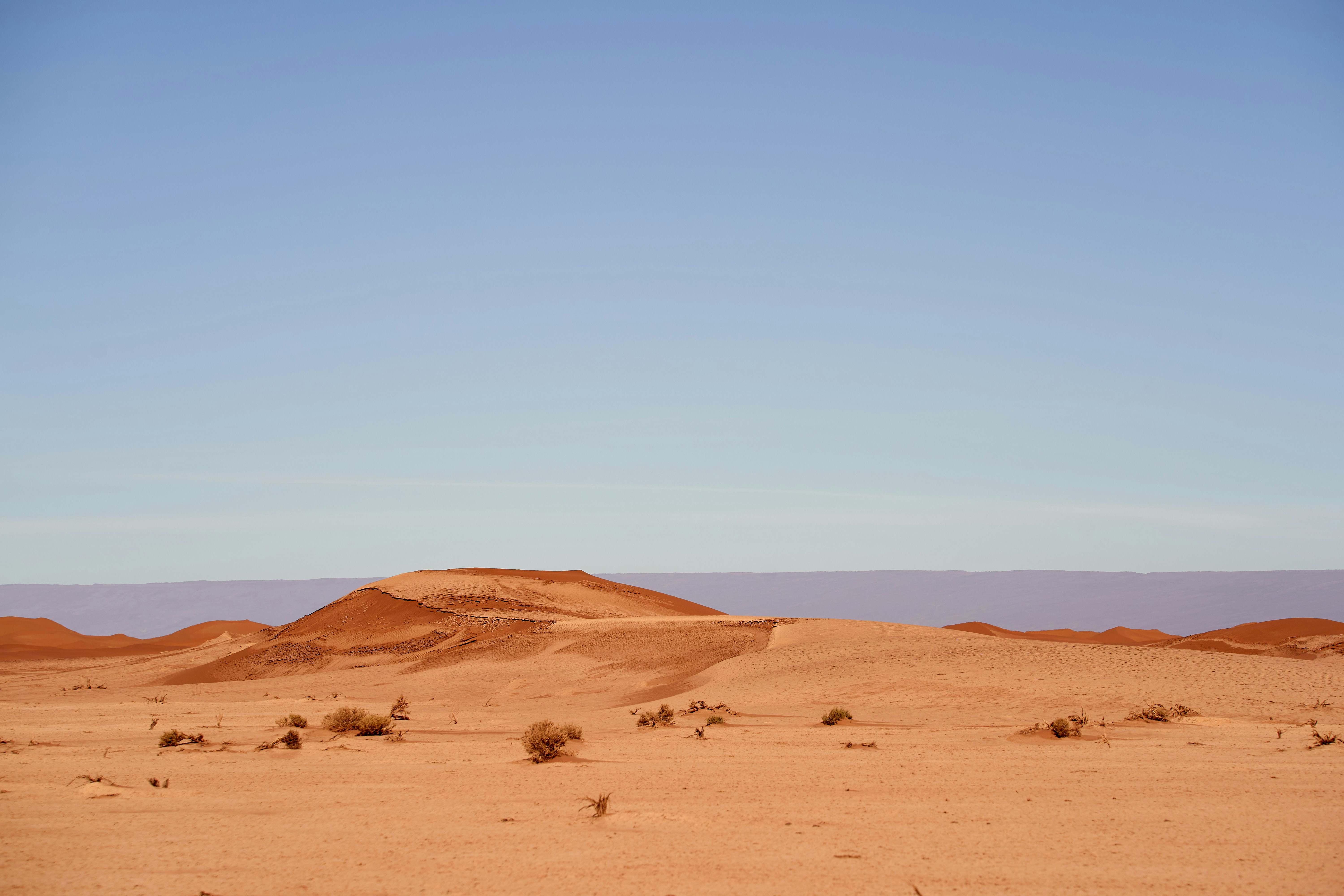
Image source - Wolfgang Hasselmann
This article was originally published on Apr 24, 2025
The Western Sahara conflict, often referred to as Africa's last colonial dispute, has seen renewed intensity since November 2020. This protracted territorial dispute involves the indigenous Sahrawi people, represented by the Polisario Front, and the Kingdom of Morocco, which claims sovereignty over the region. The cessation of the 1991 ceasefire and the subsequent resumption of hostilities have not only exacerbated regional tensions but also drawn in international actors, each with vested interests.
The region was a Spanish colony from the late 19th century until Spain's withdrawal in 1975. Following Spain’s departure, the fate of Western Sahara became contested. Morocco immediately claimed the territory, citing historical ties, while Mauritania also laid claim to the southern part of the region. In contrast, the Sahrawi people, led by the Polisario Front, declared the establishment of the Sahrawi Arab Democratic Republic (SADR) in 1976, asserting their right to self-determination and independence.
In response to Morocco’s annexation, the Polisario Front engaged in a protracted guerrilla war against Moroccan forces. After years of fighting, a ceasefire agreement brokered by the United Nations (UN) in 1991 resulted in the establishment of the United Nations Mission for the Referendum in Western Sahara (MINURSO). The purpose of MINURSO was to organize a referendum to determine the future political status of Western Sahara, specifically whether the Sahrawi people would opt for independence or integration with Morocco. However, disagreements over voter eligibility and the political complexities surrounding the region have prevented the referendum from taking place, leaving the situation unresolved.
The period between 1991 and 2020 saw intermittent flare-ups of violence, but it was not until November 2020 that hostilities fully resumed. This escalation was triggered by Morocco’s military operation in the Guerguerat region, located along the border between Western Sahara and Mauritania. The region, which is part of the buffer zone established by the UN, had been the site of increasing tensions due to a blockade staged by Sahrawi activists and Polisario fighters. Morocco’s military intervention in the area, designed to reopen a key commercial route, was perceived by the Polisario Front as a direct violation of the 1991 ceasefire agreement. In response, the Polisario Front declared the end of the ceasefire and resumed full-scale military operations against Moroccan forces, notably along the defensive berm – a sand wall constructed by Morocco to separate its territory from the areas under Polisario control. The use of modern weaponry, including drones and airstrikes, became a defining feature of this renewed conflict. Morocco, which had acquired advanced drone technology, including from Israel, was reportedly able to strike Polisario positions with significant precision. The clashes marked a new phase in the conflict, as both sides engaged in increasingly sophisticated warfare tactics.
In December 2020, the United States formally recognized Moroccan sovereignty over Western Sahara in exchange for Morocco's normalization of diplomatic relations with Israel. This move was highly controversial and was met with condemnation from the Polisario Front and its supporters, as well as by many international observers, who saw it as a violation of international law and the principles of the United Nations Charter. The Trump administration's recognition of Moroccan sovereignty was seen by some as part of a broader geopolitical strategy aimed at countering Iranian influence in the region. By fostering closer ties between Morocco and Israel, the U.S. hoped to create a unified front against Tehran, which is aligned with certain political factions in the region, including Algeria.
The humanitarian situation in Western Sahara remains dire, particularly in the Sahrawi refugee camps in Tindouf, Algeria. These camps, which house an estimated 100,000 individuals, are home to Sahrawi refugees who fled Moroccan control following the initial conflict. Conditions in the camps are harsh, with limited access to clean water, sanitation, and healthcare. The refugees are heavily reliant on international aid, but ongoing insecurity in the region has made it difficult for aid organizations to deliver assistance consistently.
The region is also one of the most heavily mined in the world, with both Moroccan and Polisario forces laying extensive minefields during the conflict. These mines continue to claim lives and limbs, particularly among civilians who venture too close to the berm or attempt to cross contested areas. The resumption of hostilities in 2020 only deepened the humanitarian crisis. The violence in the buffer zone, the targeting of civilian infrastructure, and the disruption of livelihoods have caused widespread suffering. Reports of Moroccan airstrikes on Sahrawi-held territories, which have resulted in civilian casualties, further underscore the toll the conflict has taken on the local population. The lack of a clear path to peace or resolution has left the region in a perpetual state of uncertainty.